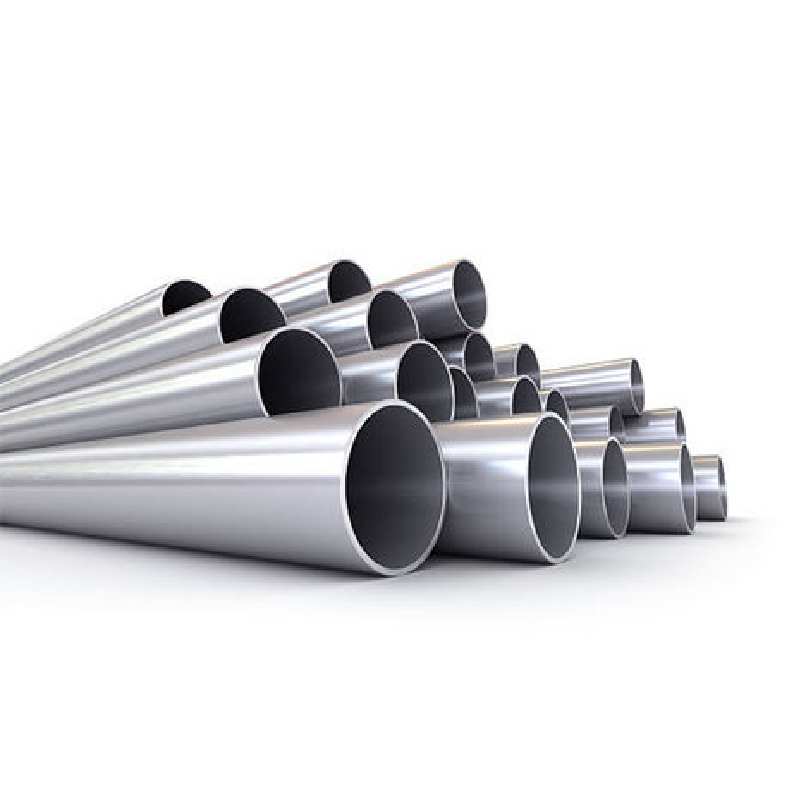-
Cangzhou Yulong Steel Co., Ltd.
-
Phone:
+86 13303177267 -
Email:
admin@ylsteelfittings.com
- English
- Arabic
- Italian
- Spanish
- Portuguese
- German
- kazakh
- Persian
- Greek
- French
- Russian
- Polish
- Thai
- Indonesian
- Vietnamese
- Zulu
- Korean
- Uzbek
- Hindi
- Serbian
- Malay
- Ukrainian
- Gujarati
- Haitian Creole
- hausa
- hawaiian
- Hebrew
- Miao
- Hungarian
- Icelandic
- igbo
- irish
- Japanese
- Javanese
- Kannada
- Khmer
- Rwandese
- Afrikaans
- Albanian
- Amharic
- Armenian
- Azerbaijani
- Basque
- Belarusian
- Bengali
- Bosnian
- Bulgarian
- Catalan
- Cebuano
- China
- China (Taiwan)
- Corsican
- Croatian
- Czech
- Danish
- Esperanto
- Estonian
- Finnish
- Frisian
- Galician
- Georgian
- Kurdish
- Kyrgyz
- Lao
- Latin
- Latvian
- Lithuanian
- Luxembourgish
- Macedonian
- Malgashi
- Malayalam
- Maltese
- Maori
- Marathi
- Mongolian
- Myanmar
- Nepali
- Norwegian
- Norwegian
- Occitan
- Pashto
- Dutch
- Punjabi
- Romanian
- Samoan
- Scottish Gaelic
- Sesotho
- Shona
- Sindhi
- Sinhala
- Slovak
- Slovenian
- Somali
- Sundanese
- Swahili
- Swedish
- Tagalog
- Tajik
- Tamil
- Tatar
- Telugu
- Turkish
- Turkmen
- Urdu
- Uighur
- Welsh
- Bantu
- Yiddish
- Yoruba

Sep . 24, 2024 19:29 Back to list
weld fittings
Understanding Weld Fittings A Comprehensive Guide
Weld fittings are essential components used in piping systems to connect pipes, adapt their sizes, and change their direction. Commonly found in industries like construction, oil and gas, plumbing, and manufacturing, these fittings play a crucial role in ensuring the integrity and efficiency of fluid transfer systems. This article aims to delve into the various types of weld fittings, their applications, advantages, and key considerations when selecting the right type for your project.
Types of Weld Fittings
Weld fittings are typically categorized based on their shape and function. Here are some of the most common types
1. Elbows These are used to change the direction of the pipeline. Standard angles for elbows are 45 degrees and 90 degrees, but other angles are available depending on the specific requirement.
2. Tees Tees create a branch in a piping system, allowing flow to continue in one direction while diverting some of the fluid along another path. There are different types of tees, including equal tees and reducing tees.
3. Reducers These fittings are used to connect pipe sizes. A reducer allows a pipe to transition from a larger diameter to a smaller one, which is crucial when the flow needs to change pressure without causing turbulence.
4. Caps Caps are used to seal the ends of pipes, creating a closed system. They can be vital for maintenance and safety, ensuring that no fluid escapes and that no contaminants enter the system.
5. Flanges Although distinct from traditional fittings, flanges are essential in creating connections between pipes and other equipment through welding, bolting, or other means.
Applications of Weld Fittings
Weld fittings are widely used in various applications, including
- Pipelines In oil and gas transport, weld fittings provide efficient and secure connections critical for maintaining high-pressure systems. - Water and Wastewater Management In municipal systems, these fittings help regulate flow and manage pressure in water distribution systems. - HVAC Systems Weld fittings allow for flexible routing of air conditioning and heating ducts, promoting efficient thermal distribution. - Industrial Manufacturing Industries like chemical processing and food production utilize weld fittings for durable, high-pressure systems that meet stringent health and safety standards.
Advantages of Using Weld Fittings
weld fittings

Choosing weld fittings over other connection methods presents several advantages
1. Strength and Durability Weld fittings provide a robust connection, making them ideal for high-pressure applications. The continuous weld prevents leakage and offers resistance to corrosion.
2. Reduced Maintenance The secure nature of welded joints means fewer leaks and failures, resulting in lower maintenance costs and improved system efficiency.
3. Versatility Available in various materials, including stainless steel, carbon steel, and plastic, weld fittings can be tailored to suit different environments and fluid types.
4. Streamlined Flow The design of weld fittings minimizes turbulence and pressure drops, enhancing the flow characteristics of the system.
Key Considerations for Selecting Weld Fittings
When selecting weld fittings, be mindful of the following factors
- Material Compatibility Ensure that the fitting material is compatible with the fluid being transported to prevent corrosion and contamination.
- Temperature and Pressure Ratings Assess the operating conditions of your system to choose fittings capable of withstanding the specific pressures and temperatures.
- Welding Standards Familiarize yourself with relevant welding codes and standards to ensure compliance and maintain the integrity of the pipeline.
- Size and Configuration Measure your pipes accurately and select fittings that match the required diameter and configuration for seamless integration.
Conclusion
Weld fittings are indispensable in modern piping systems, providing reliable, efficient connections for fluid transfer. Understanding the various types of fittings, their applications, and advantages can significantly enhance the effectiveness of your operations. By carefully considering material compatibility, environmental conditions, and welding standards, you can ensure that your piping systems remain safe, durable, and efficient for years to come. Whether you're a construction professional, a plumber, or an engineer, knowledge of weld fittings is essential for successful project execution.
Latest news
-
ANSI 150P SS304 SO FLANGE
NewsFeb.14,2025
-
ASTM A333GR6 STEEL PIPE
NewsJan.20,2025
-
ANSI B16.5 WELDING NECK FLANGE
NewsJan.15,2026
-
ANSI B16.5 SLIP-ON FLANGE
NewsApr.19,2024
-
SABS 1123 FLANGE
NewsJan.15,2025
-
DIN86044 PLATE FLANGE
NewsApr.19,2024
-
DIN2527 BLIND FLANGE
NewsApr.12,2024
-
JIS B2311 Butt-Welding Fittings LR/SR 45°/90° /180°Seamless/Weld
NewsApr.23,2024











